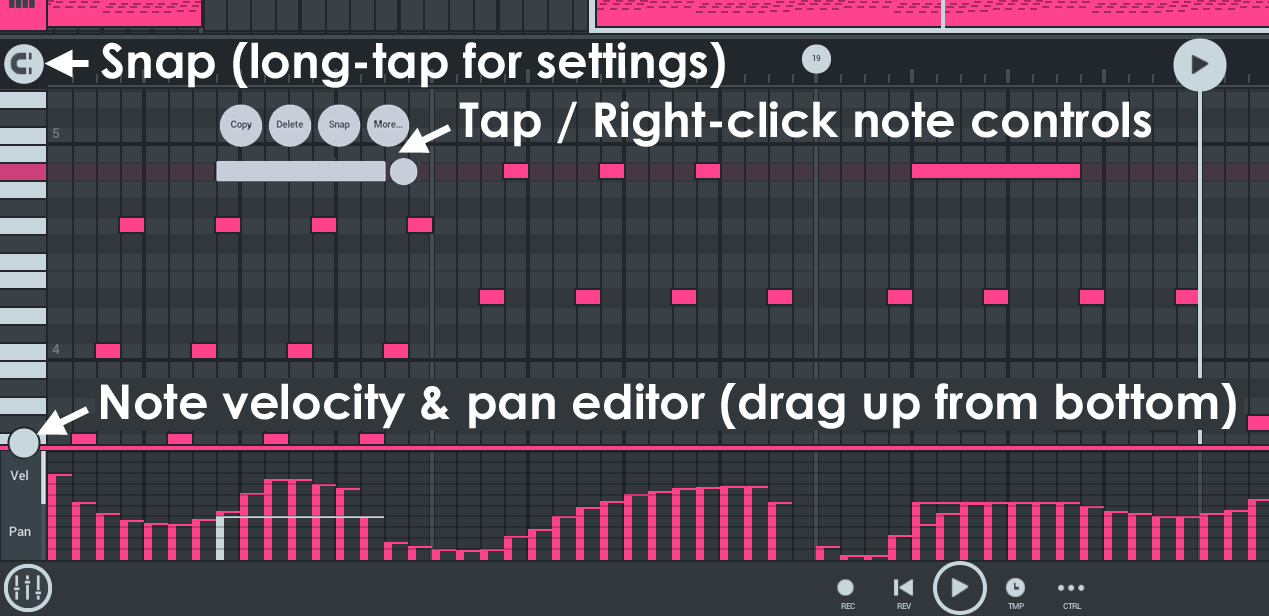

Sounds interesting isn’t it? So if you want a happy, positive, good sounding song – stick to the notes of this scale (stick to the key) and you are well on your way.īy the way, there is also a more mathematical way (formula) to describe the major scale: Root, M2, M3, P4, P5, M6, M7. The major scale is also known as the ‘happy scale’ – compositions based on this scale induce positive and happy feelings in the listener. This is a so called a major scale (in the example above it is called C major – as the root note is a C). While there are a number of scales, the most basic ones used in electronic music are called Major and Minor (consisting of 7 notes each). Now, I know we mentioned the term scale already – but the term is also used to define well sounding patterns within an octave (what notes are ‘allowed’).

Understanding which patterns ‘work’ and which ‘don’t work’ will be a great help when composing your songs. What does this tell us? It means that some patterns of notes within an octave – sounded at the same time - sound well together. And then again, every now and then we may hear something that sounds very pleasing to our ears. We all know that simply hitting piano keys at random does not create a nice sound – usually that is. The interval between D and D# is one semitone.

Following this, the interval between C and D is two semitones (a tone). Let’s not bother with that now.įinally, the pitch difference between two adjacent notes is called a semitone (a tone is two semitones). Hmmm, why give one note two different names? Good question, but answering that would require us to dig deeper into music theory. Note also Db (D-flat), Eb, Gb, Ab and Bb, which are equivalents of C#, D#, F#, G# and A# respectively (so called enharmonic equivalents). Also, in the piano roll illustration above you see 3 octaves with a root note of C (this root note could be any other note on the scale). Additionally, you find C# (C-sharp), D#, F#, G# and A# – making a total of 12 notes. See below:Įach note is denoted by a letter: A, B, C, D, E, F and G. The 12 notes are repeated up and down the scale and each instance of such a group of 12 notes is called an octave. The western music scale consists of 12 notes, each of them having its own pitch (frequency). It does covers some aspects of music theory - the field of study that deals with how music works - but don’t worry. In this tutorial I will try to explain you a bit more about chord progressions and how they can be used to compose your (lead) melody. Having a good chord progression is like having a foundation on which to build your new house (excuse me for the metaphor). Personally, I find it a great way to get started on a new song – even if I do not actually play the chords in the end.
#FL STUDIO SWING TUTORIAL HOW TO#
FL Studio tutorial explaining how to make a chord progression and lead synth.Ĭhord progressions are series of musical chords (chords are notes that are played simultaneously) that can give character and mood to a composition.


 0 kommentar(er)
0 kommentar(er)
